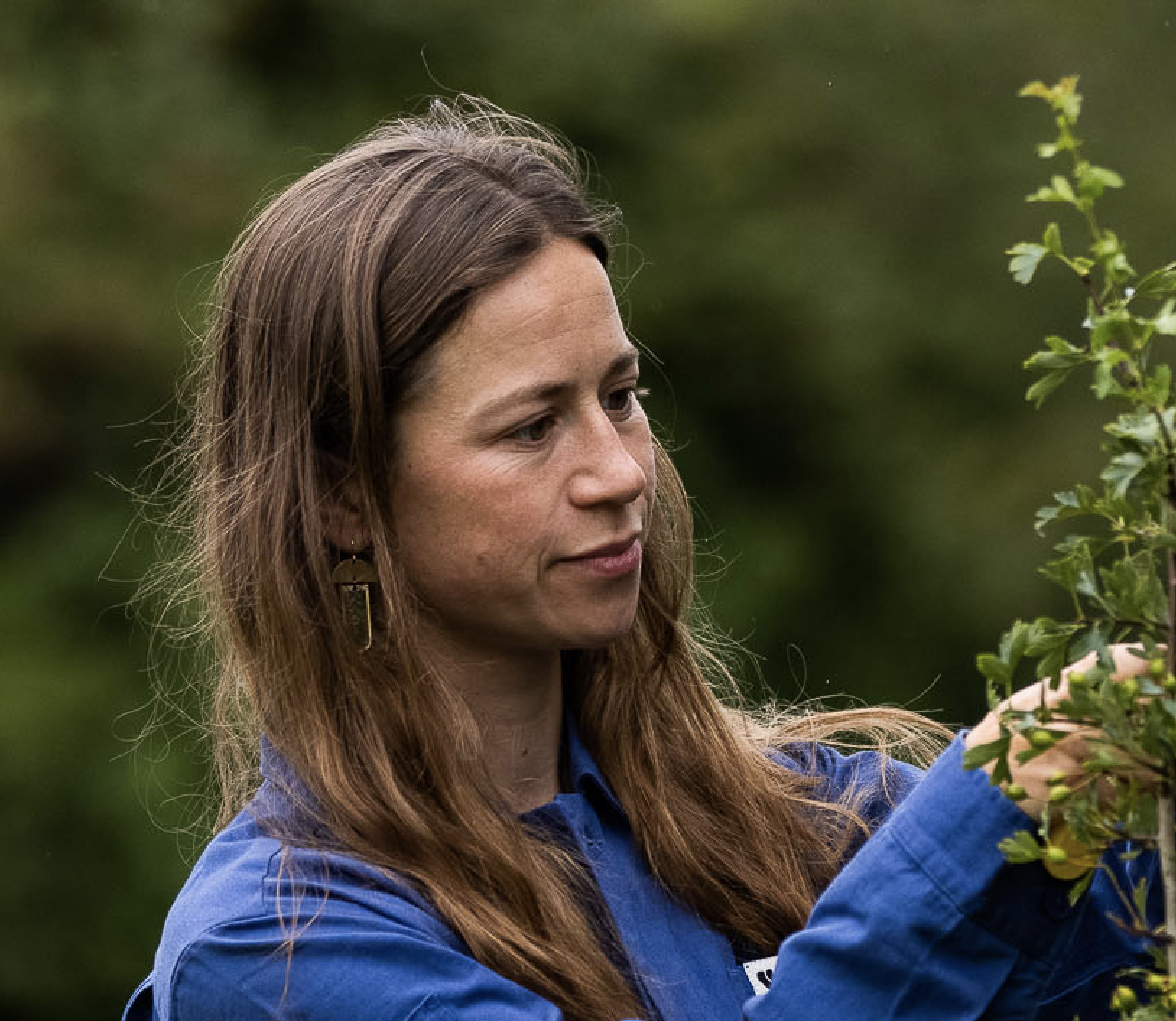For foragers, March is one of the most exciting months as fresh, tender shoots begin to come out of the ground after a winter of tougher, more bitter flavours and crunchy textures. This is the month when wild garlic begins to grace our woodland floors, gorse flowers and violets are in full blossom, and dandelions are sprouting young tender leaves – perfect for your salads.
Woodlands and hedgerows are a good place to start your foraging foray this month and our handy guide explains how and what to forage for in March in Britain, with a few key details regarding where each edible plant can be found and some easy recipe ideas.
Where to forage in March
This month, look to hedges, grassy banks, heathland and woodland for your foraging finds.
How to forage safely and responsibly
Whether you're a seasoned forager or a complete newcomer, there are some golden rules you need to be aware of before you begin. Check out our beginner's foraging guide to learn how to forage safely and responsibly throughout the year.
Beginner's Guide to Foraging, with monthly guide to what's in season
Getty
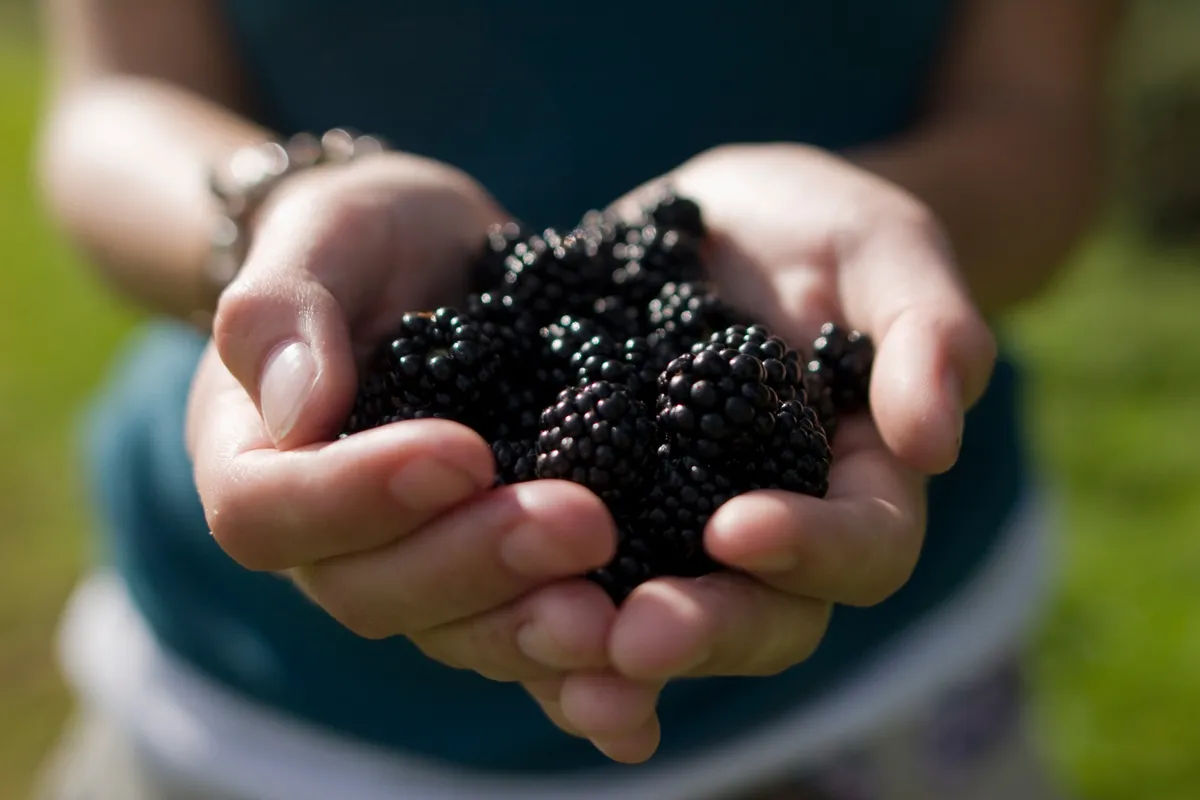
Wild garlic
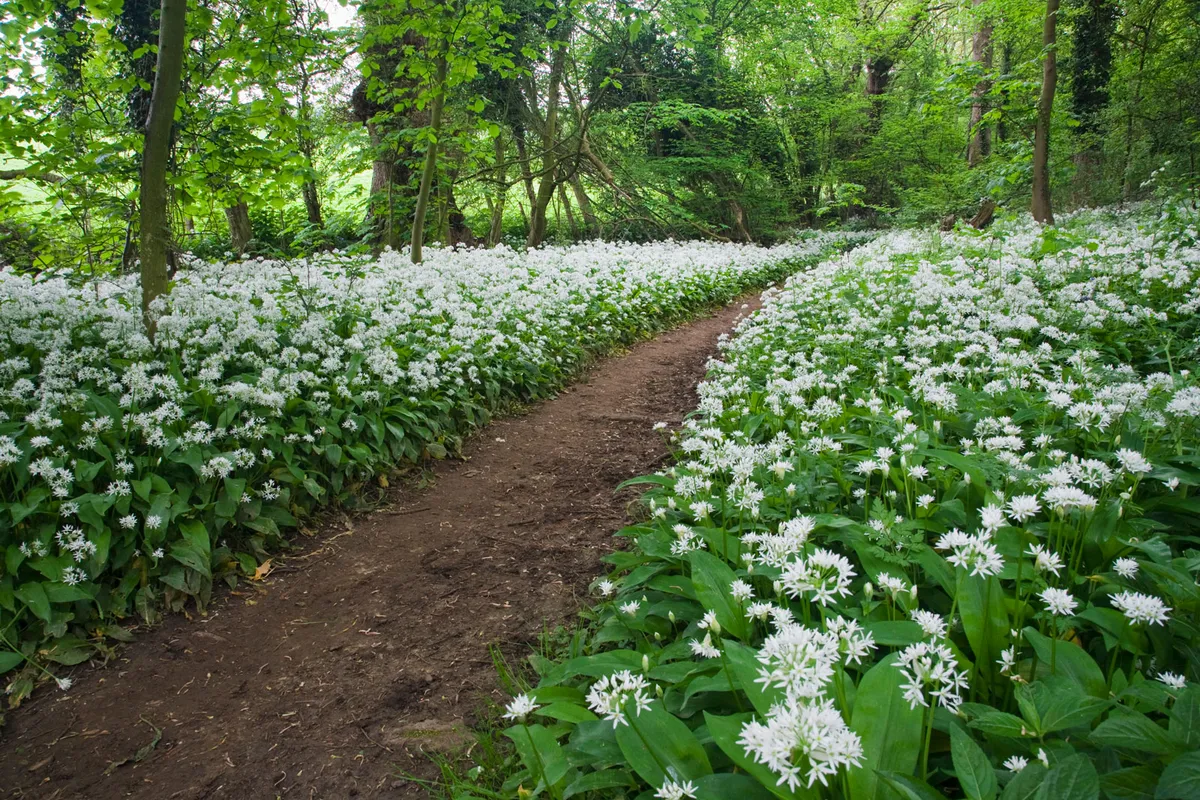
It's here! This is the month when wild garlic begins to emerge in woodlands and hedgerows. The plant, native to Britain, is also known as bear leek, bear’s garlic, broad-leaved garlic, buckrams, ramsons and wood garlic and can grow to heights of between 45 and 50 cm.
The leaves and flowers are edible. Young leaves are delicious added to soups, sauces and pesto. Leaves appear in late March and are best picked when young. The flowers emerge from April to June and can add a potent garlic punch to salads and sandwiches.
Wild garlic is easily confused with lily, however, which is highly poisonous. It's worth reading our guide to wild garlic to make sure you know the difference.
See our guide to wild garlic, including where to pick it and recipe ideas
Common sorrel (Rumex acetosa)

Common sorrel, also known as garden sorrel, is found throughout Britain, usually where there is iron in the soil. Sorrel has long been an important foodstuff, especially as flavouring. It has a sharp, lemony taste from the oxalic acid it contains and a few leaves can enliven the drabbest of salads. You can confirm identification of sorrel by looking at the leaves trailing edges, which end in points. Be careful not to confuse it with dock leaves.
Pick a handful of sorrel and make this lemony green soup – delicious with warm crusty bread.

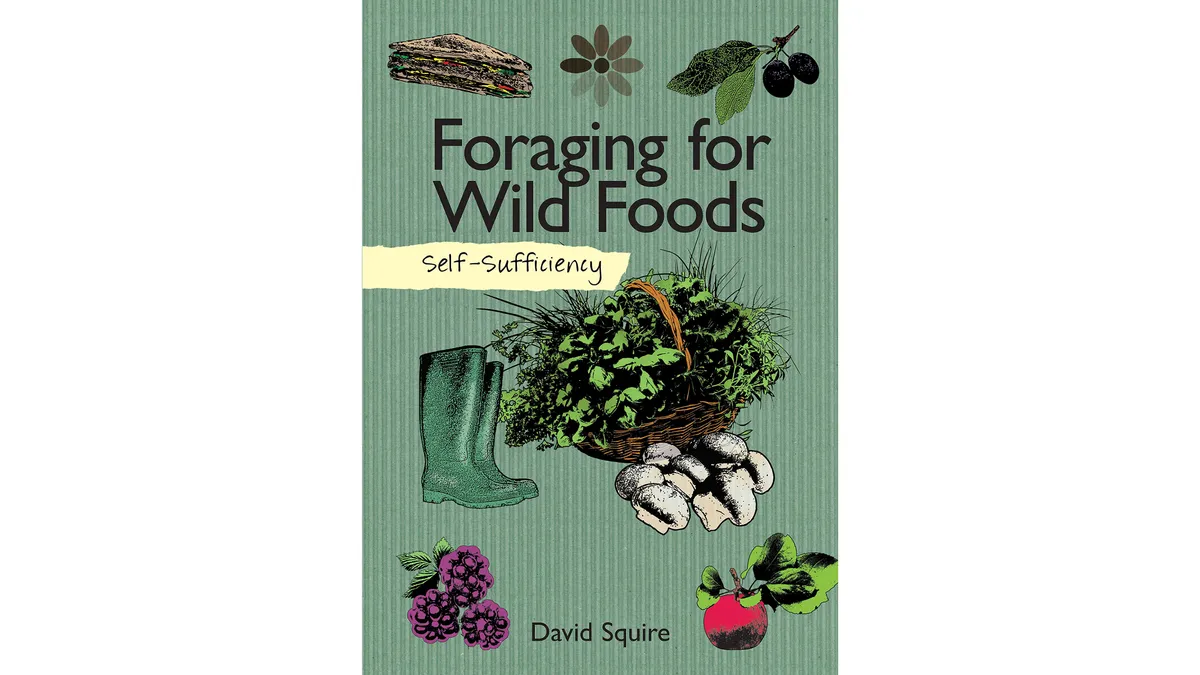
Cleavers (Galium aparine)

Parts used: all parts above ground (aerial parts)
You might know this plant as 'stickyweed' due to its excellent seed dispersal tactic of sticking to any item of clothing (or animal hair) that brushes past it. So it may surprise you to find out it's not only edible, but rather tasty – and has uses in herbal medicine, too.
Find the creeping, straggling square-shaped stems that grow along the ground and over other plants from early spring. Cleavers forms dense carpets among hedges and grassy banks. It has very simple leaves that are positioned in whorls of six to eight at intervals up the stem. After washing, add to a jug of cold water to add a light cucumber flavour.
The plant is used in herbal medicine for its mildly diuretic action, gently flushing out lymphatic toxins that may have built up over the winter months. It is also thought to be a cooling and moistening herb, helping to relieve inflammation from the body.
Gorse flowers: Common (Ulex europeaus, Western Ulex gallii and Dwarf Ulex minor)
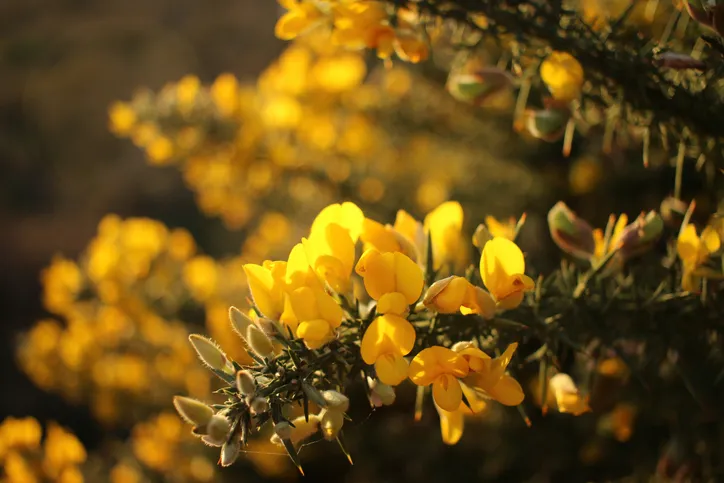
Parts used: blossoms
These yellow petals, described as having scents ranging from coconut to almond, can be seen in all kinds of habitats, from heaths and coastal grasslands to towns and gardens.
There are three similar species of gorse in the UK: Common gorse is widespread, flowering from January to June; Western gorse flowers, in late summer and autumn, are found in western UK; Dwarf gorse flowers later and can be found in south-east England.
Add gorse flowers to your dough when baking your next loaf - the flowers keep their colour, leaving each slice speckled with gold. It has spiny branches with thin, spine-like, trifoliate leaves.
Guelder rose (Viburnum Opulus)

Parts used: bark
The bark of this ornamental shrub hold medicinal value. It has antispasmodic actions on the body and is used to relieve cramps, tense muscles and spasms. It is found almost everywhere in England, in hedges and along woodland edges, but becomes rarer as you move north and is almost entirely absent in Scotland. It grows to 4–5 m tall with opposite, three-lobed leaves that are long and broad with serrated edges and a wrinkled surface.
It's easier to spot in August due to its bunches of bold, bright red berries.
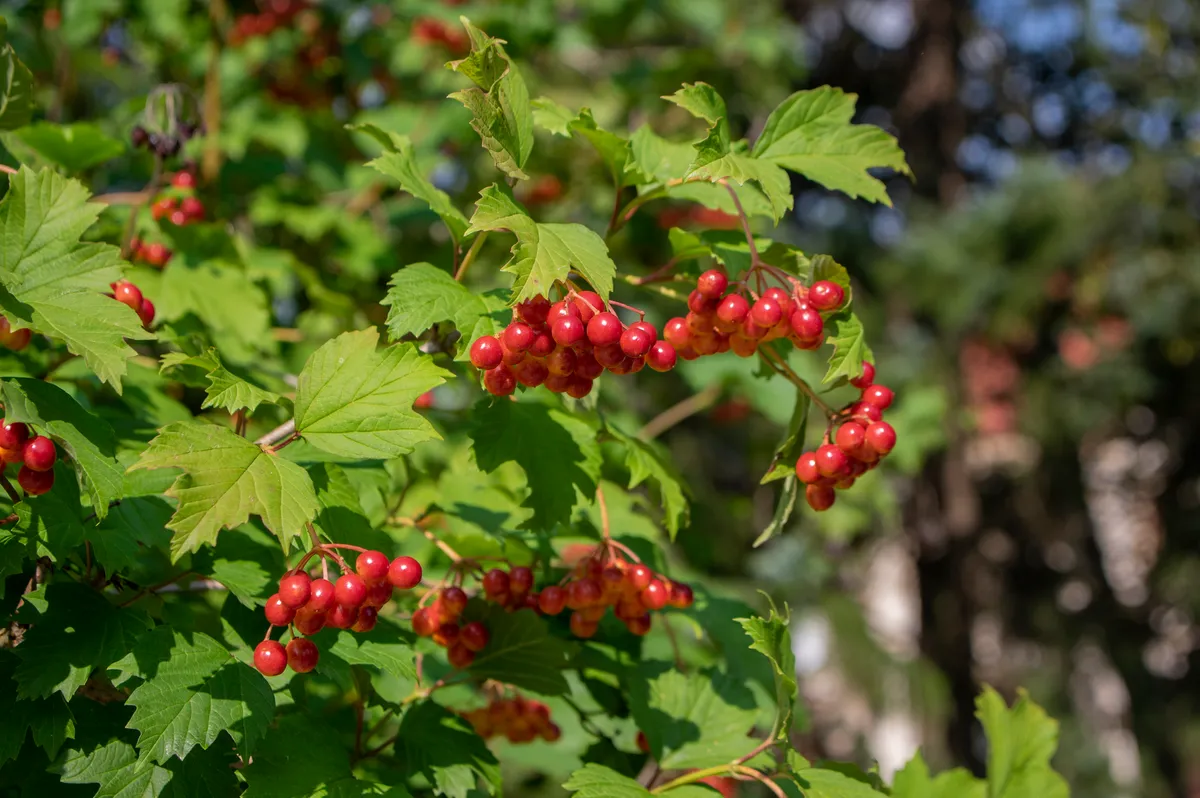
Dandelion (Taraxacum officinale)
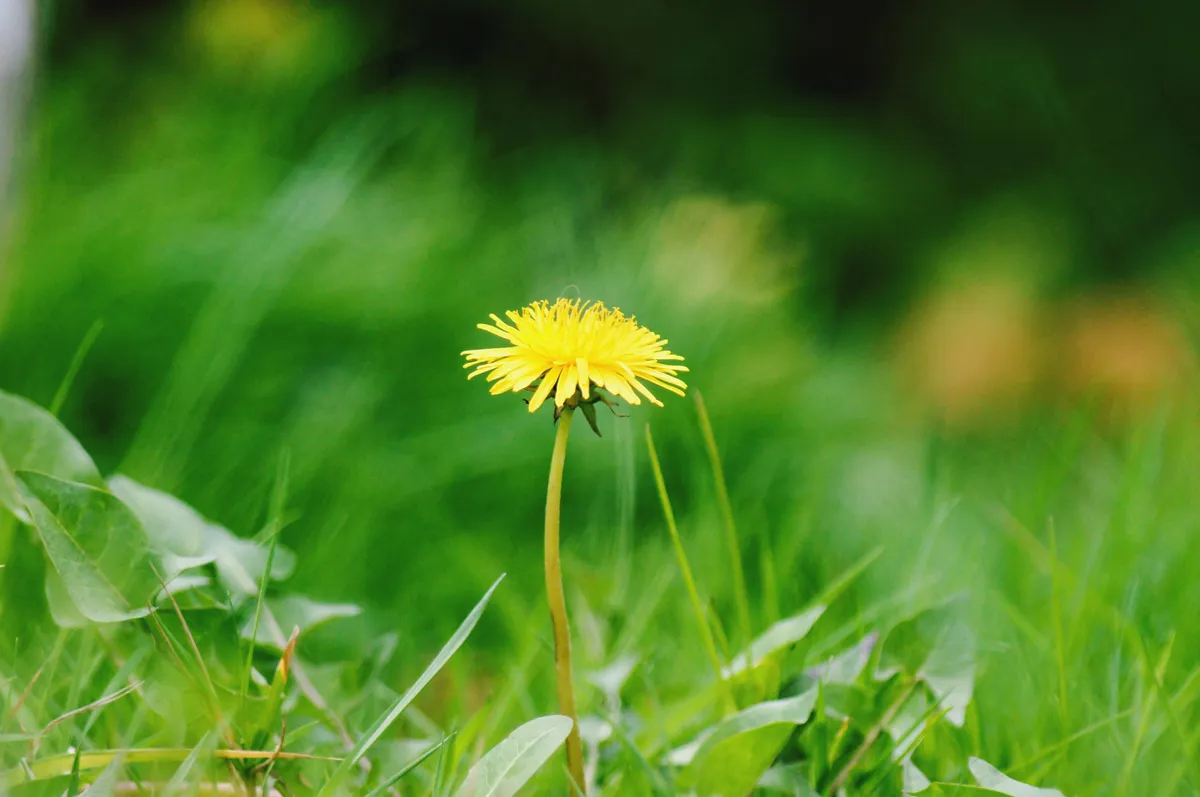
Parts used: leaves (flowers in summer and roots in winter)
Dandelion is fantastic for stimulating digestion and liver function through its bitter leaves. They are a common addition to springtime salads, and their bitterness combines beautifully with blue cheese and walnuts. Its leaves and flowers have been used for centuries to treat eczema and other skin conditions. In winter, its basal rosette of toothed leaves are widespread on lawns, roadsides, disturbed banks and shores of waterways. In late spring, bright yellow flowers appear, which can be used for their anti-inflammatory and mildly pain-relieving actions on the body.
Dandelion guide: where to find, how to pick and recipe ideas
Rachel Lambert, foraging tutor and author of Wild & Sweet, is your guide to how to forage for dandelions in Britain, including where they can be found, nutritional benefits and recipe ideas
Freshly picked dandelions/Credit: Elliot White

Sweet violet (Viola odorata)

Parts used: aerial parts
It is said that the Romans spent more time growing violets for their wine than growing olives. This colourful little flower adds a purple and blue hue to most liquids, such as wine, tea, vinegar and honey. Its flowers are cooling and soothing (demulcent in action) and were used as a beauty treatment during Victorian times to keep skin youthful. You can see the bright purple flowers and heart-shaped leaves appearing in hedgerows, roadsides and lightly shaded woodlands.
Violets, along with pansies, are one of the UK's prettiest edible flowers and add a lovely cheerful touch in cake decorating and in salads.
